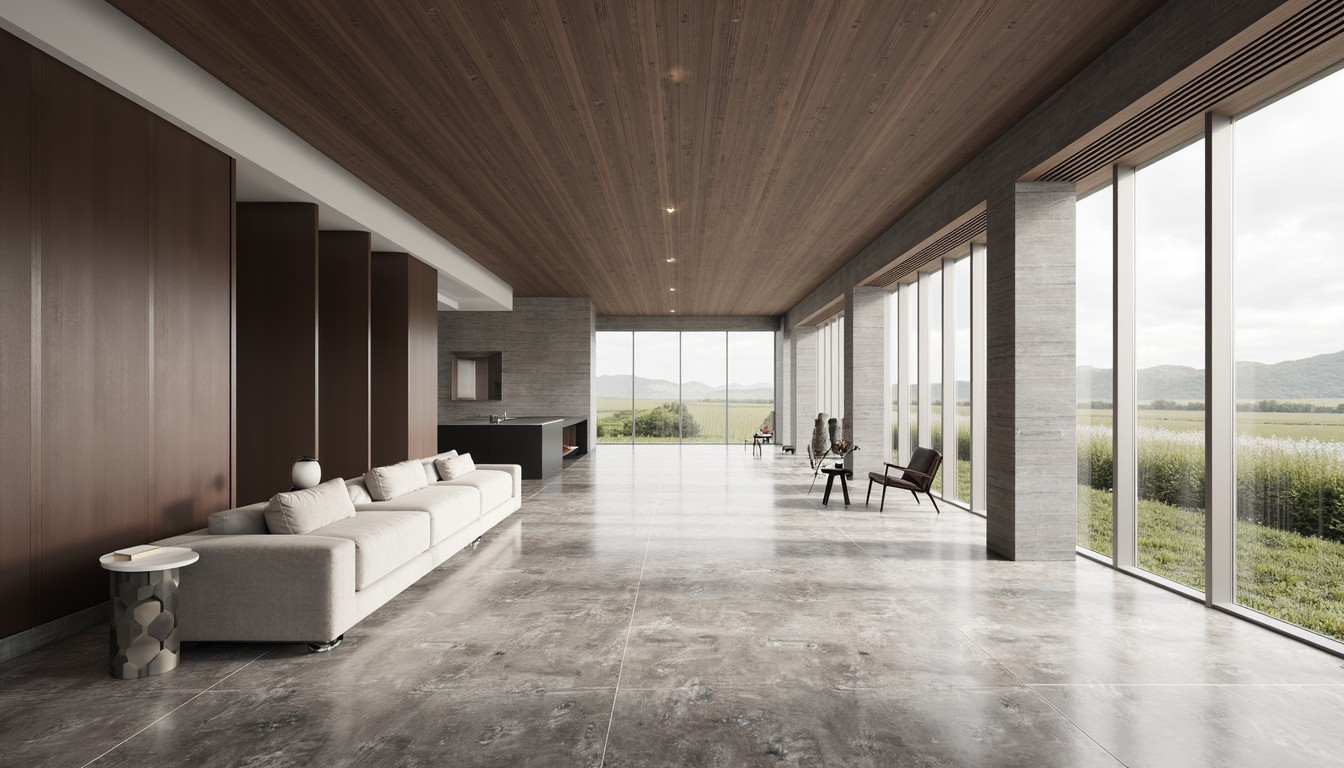Immersive Design: Revolutionizing Architecture with VR & AR
The architectural landscape is undergoing a dramatic transformation, driven by the convergence of cutting-edge technology and design innovation. At the forefront of this revolution are Virtual Reality (VR) and Augmented Reality (AR), offering architects and their clients unprecedented opportunities for immersive design experiences. ArchNav, a leader in architectural visualization, explores how these technologies are reshaping the industry.
Virtual Reality (VR) in Architectural Visualization

VR offers a completely immersive experience, transporting users into a digital replica of a building or space. Wearing a VR headset, architects and clients can walk through a virtual building, explore its features, and experience the space as if it were already constructed. This level of immersion provides invaluable benefits:
- Enhanced Client Communication: VR allows for clearer communication of design ideas. Clients can actively participate in the design process, experiencing the space firsthand and providing more informed feedback.
- Early Issue Detection: By virtually walking through the design, potential design flaws, spatial issues, or usability problems can be identified and addressed at an early stage, saving time and money.
- Improved Design Decisions: The immersive nature of VR allows for better spatial understanding and informed decision-making. Architects can experiment with different design options and assess their impact in a realistic setting.
- Realistic Lighting and Material Presentation: VR enables the accurate representation of lighting conditions and material textures, giving clients a much clearer understanding of the final product.
- Cost-Effective Prototyping: VR significantly reduces the need for expensive physical models and prototypes, streamlining the design process and lowering costs.
Augmented Reality (AR) in Architectural Design

Unlike VR, which creates a fully virtual environment, AR overlays digital information onto the real world. This technology offers unique advantages in architectural design:
- On-Site Visualization: AR allows architects to overlay 3D models of their designs onto the actual construction site. This helps clients visualize how the building will fit into its surroundings and identify potential conflicts.
- Interactive Design Presentations: Architects can use AR apps to present their designs to clients in an engaging and interactive way, enhancing understanding and buy-in.
- Space Planning and Furniture Placement: AR apps can help clients visualize furniture placement and room layouts within their existing spaces, facilitating more effective interior design.
- Real-time Collaboration: AR allows for collaborative design sessions where multiple stakeholders can view and interact with the same digital model simultaneously, regardless of their physical location.
- Enhanced Marketing and Sales: AR can be used to create impressive marketing materials and interactive brochures, showcasing projects in a visually compelling way.
Real-World Applications and Case Studies
The applications of VR and AR in architecture are vast and growing. For instance, architects are using VR to showcase complex designs to potential investors, allowing them to experience the building's scale and features before committing to the project. AR is being utilized for interior design, allowing clients to virtually place furniture and decor within their homes, creating a more personalized and informed design process.
Several successful case studies demonstrate the impact of these technologies. One notable example is the use of VR by Zaha Hadid Architects to present their designs to clients, leading to enhanced communication and faster project approvals. Similarly, many firms are using AR to create interactive site tours, allowing potential buyers to experience future developments without physically visiting the location.
The Future of Immersive Design

The integration of VR and AR in architecture is still in its early stages, but the potential for growth is immense. We can expect to see more sophisticated and user-friendly applications emerge, further enhancing the design process and client experience. The combination of VR and AR with other technologies, such as BIM (Building Information Modeling), will create even more powerful tools for architects.
Advancements in haptic feedback, improved graphics, and more accessible hardware will make VR and AR even more immersive and realistic. The ability to experience designs with a greater sense of realism will undoubtedly lead to more innovative and successful architectural projects.
ArchNav: Your Partner in Immersive Architectural Visualization
ArchNav is at the forefront of this technological revolution, offering cutting-edge VR and AR services to architects and developers worldwide. We leverage the latest technology to create stunning and immersive visualizations that help you communicate your vision effectively, engage clients, and ultimately, deliver exceptional architectural projects. Contact us today to learn how we can help you harness the power of immersive design.
